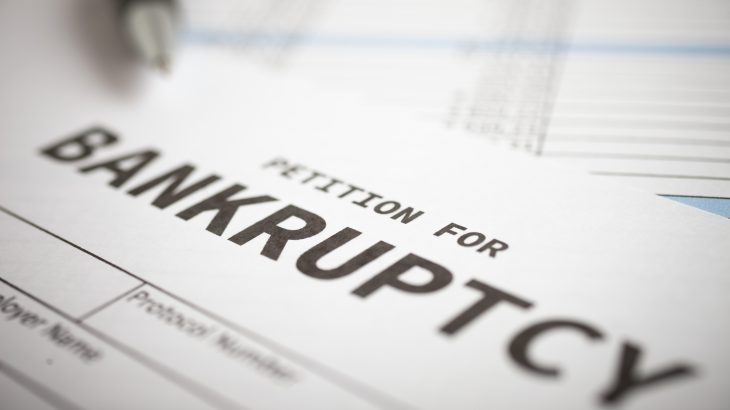Neha Mehta analyses what the Indian government is doing to mitigate the impact of Covid-19 on bankruptcy and insolvency.
COVID-19 & INITIAL MEASURES
Covid-19 has altered the fabric of the global economy. Worldwide lockdowns, travel restrictions, restraint on international trade and other stringent measures to curb the pandemic, has led to uncertainty around the future of many businesses.
With the objective of lending support to struggling businesses, most nations, including India, have introduced fiscal, monetary and protective measures to prevent multiple bankruptcies.
In its first measure to protect small and medium enterprises, already under severe financial stress, the Government of India, in March 2020, raised the threshold of the default amount for invoking the Insolvency and Bankruptcy Code, 2016 (IBC) to Rupees One Crore (earlier Rupees One Lakh).
The Government, to support and provide relief to businesses across all sectors subsequently indicated that it may suspend, for an initial period of six months, the (key) sections 8, 9 and 10 of IBC which trigger the insolvency process, and perhaps further extend such shield to a year, if the pandemic continues.
THE UNCERTAINTY
The effective date of such amendments would be the date of promulgation of an ordinance. However, as one was not issued, till now, speculation was rife over what the Government will do, especially with respect to the cut-off date to invoke insolvency under sections 8, 9 or 10.
In the midst of this, there has been an overwhelming section of the public that has been disenchanted over the attempt to shield defaulters and provide them benefits that they may not deserve. There has also been concern over whether the protections would extend to prior defaults, existing pre Covid-19. This includes borrowers, banks, financial institutions, legal professionals and parties affected by breached contracts.
Ultimately, on 17th May 2020 the Union Finance Minister, in line with earlier announcements, announced that the Government will promulgate an ordinance suspending initiation of fresh insolvency cases for a year, and that the amended definition of ‘default’ under the IBC would exclude Covid-19 related debt.
Despite the announcement, it was unclear whether fresh insolvency filings would include a debt or default occuring prior to the onset of Covid-19.
CLARITY
The air was cleared with the promulgation of an Ordinance on 5th June 2020 (Ordinance), suspending the Corporate Insolvency Resolution Process (CIRP) for all defaults arising on or after 25th March 2020 for a period of six months, with a possible extension upto one year that may be notified subsequently (Suspension Period)
In essence, by virtue of the Ordinance no CIRP proceedings, may be invoked at any time in future, for defaults that have arisen during the Suspension Period. However, defaults occurring before or after the Suspension Period are not protected.
In addition, the Suspension Period is excluded from the six-month default period for declaration of a debt as a non-performing asset (NPA).
LENDERS – A HAPLESS BUNCH?
To say that these are challenging times for lenders would be an understatement. The IBC has not only provided efficacious and speedy remedy for recovery, it has also proved a strong deterrent against borrowers defaulting.
In the absence of this formidable weapon and shield, lenders may turn to The Securitisation and Reconstruction of Financial Assets and Enforcement of Securities Interest Act, 2002 (SARFAESI) for enforcement of security interests, including enforcing mortgages of real property, and assuming management and control of a debtor.
While the Government has not suspended SARFAESI (at least not as yet), the deferment of NPA classification for the six-month Suspension Period may render SARFAESI a toothless tiger. This may leave lenders with the sole option of invoking dispute resolution provisions, as a method of recovery, in respect of a default.
As far as affected parties to a contract, as IBC is off the table for the time being, their only option would be to resort to dispute resolution, which, of course, is neither as economical or as speedy as the CIRP process.
CONCLUSION
With a flood of defaults looming, questions will arise over whether these protective measures shield those who don’t really deserve protection, with a view to save the few who are genuine and well-intentioned. The argument in favour will, of course, be that the Government, by taking the broader long-term view, and allowing distressed businesses to heal and recover, will help the economy recover and, in the long run, even recoveries. Certainly, that would be the ideal outcome, but until we see that happen, lenders and parties to contracts that are owned monies will have to hold their breath and hope for the best.
Disclaimer: This article is provided for informational purposes only and is not legal advice. For more advice on the topic, please contact the author.


























